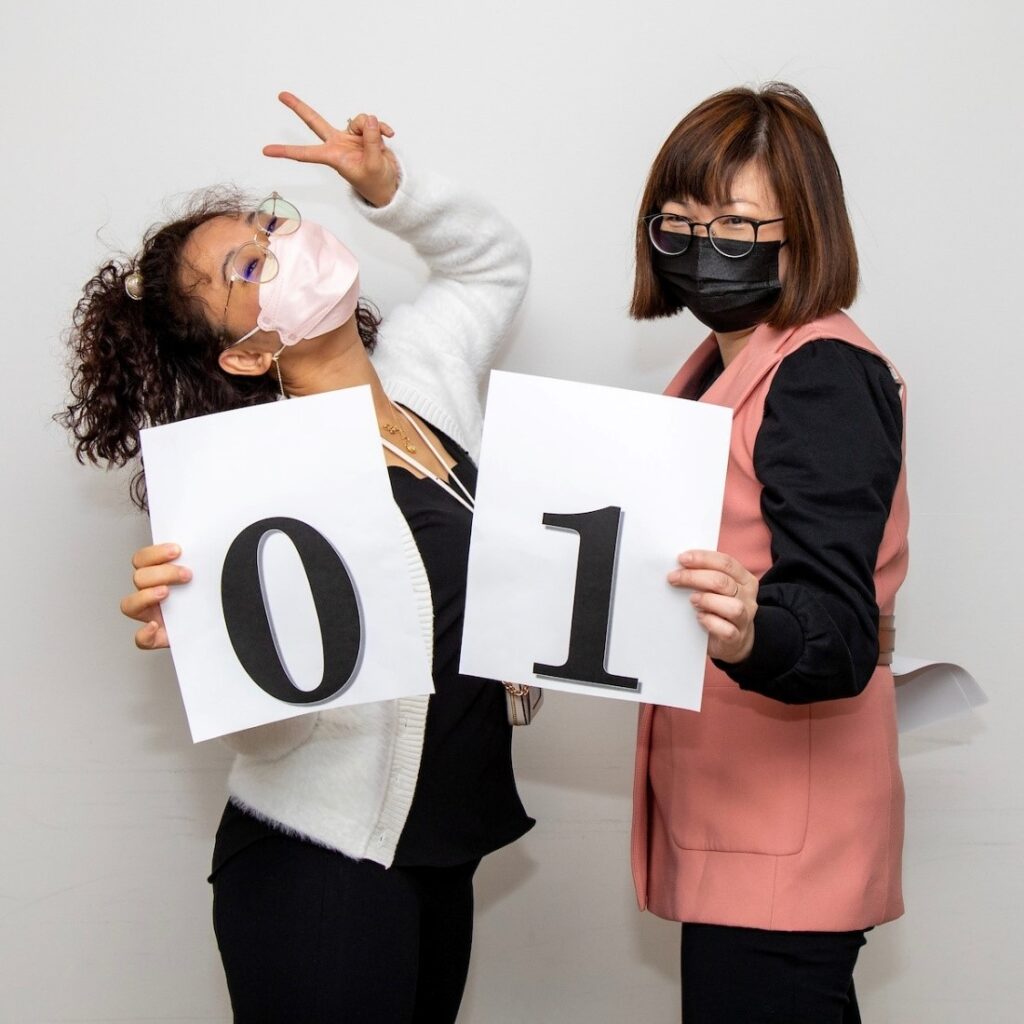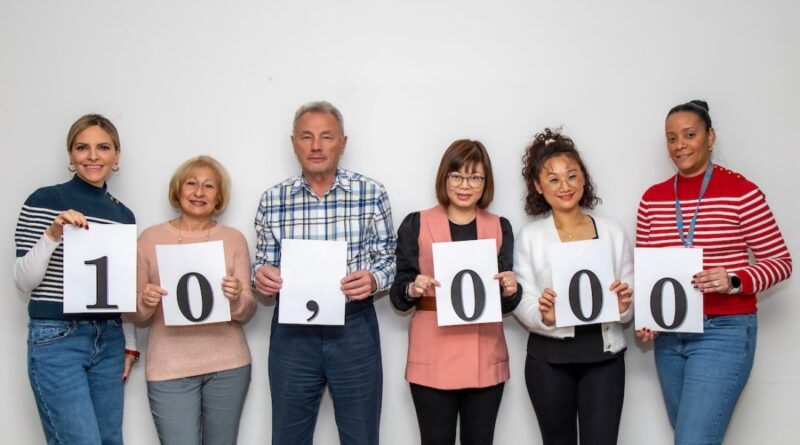NYCHA’s Language Services Unit Completes Its 10,000th Translation
The Spanish-language flier posted at the Bronx’s Butler Houses announcing a planning meeting for basketball court and playground upgrades is no ordinary flier: It is the 10,000th document translated into a foreign language for NYCHA residents in the 14 years the Language Services Unit (LSU) has been keeping track.
“It’s a huge achievement that we reached that number,” LSU Chinese translator Katherine Tan-Li said. “Ten thousand translations is a huge volume of work.”
Since most documents the staff translates are more than 10 pages each, it’s likely that LSU has translated more than 100,000 pages since 2008. “The longest NYCHA document I ever translated was 78 pages,” Ms. Tan-Li said. It was the NYCHA resident handbook, A Home to be Proud Of – and it’s also the document Ms. Tan-Li is proudest of having translated.
As of 2022, NYCHA residents collectively speak more than 97 languages, with 25,066 residents preferring Spanish as their spoken language. Translation for many languages, such as Yiddish and Haitian Creole, are outsourced. But staff note that even outsourced documents require preparatory work from LSU.
“If you were unable to communicate with your landlord, how would you feel?” Millie Molina, who heads the seven-person unit, said. “We put ourselves in our residents’ shoes who don’t speak any English. How do they communicate to their landlord, ‘I need this fixed?’”
Empathy isn’t in short supply at LSU. All staff translators immigrated to the U.S. Ms. Tan-Li, who came to New York from Guangdong Province in mainland China at 13, knows how it feels to not understand the language. “Having been an immigrant myself motivates me to support the limited English audience resident who might feel the way I did when I first came here,” she said. “I just want to help them have access to our programs and services.”
Ms. Tan-Li translates two forms of Chinese, traditional and simplified, which use different characters. The height of the Covid pandemic was demanding, she said. For several months the staff worked nights and weekends translating advisories, fliers, and emails on social distancing, test sites, vaccines, and updated protocols.
“All of the City and State policies, regulations, and advisories on Covid changed so quickly,” Ms. Tan-Li said, “so we constantly had to translate new notices.”
LSU Russian Translator Victor Kuznetsoff recalls that translating during the height of the Covid pandemic “was like being in a pressure cooker,” with respect to the amount and importance of Covid-related documents.
Mr. Kuznetsoff doesn’t differentiate between documents, whether they are three-word advisories on smoke-free zones or policy papers several hundred pages long. “It really doesn’t matter what the translation is for,” he said. “Each document is important.”





Above, from left: Spanish interpreter Gianna Nicasio, Russian interpreters Iryna Baranska and Victor Kuznetsoff, Chinese interpreters Katherine Tan-Li and Vicky Wu, and Community Coordinator Nicole Lopez. Missing from picture: Spanish interpreter Israel Ramirez.







